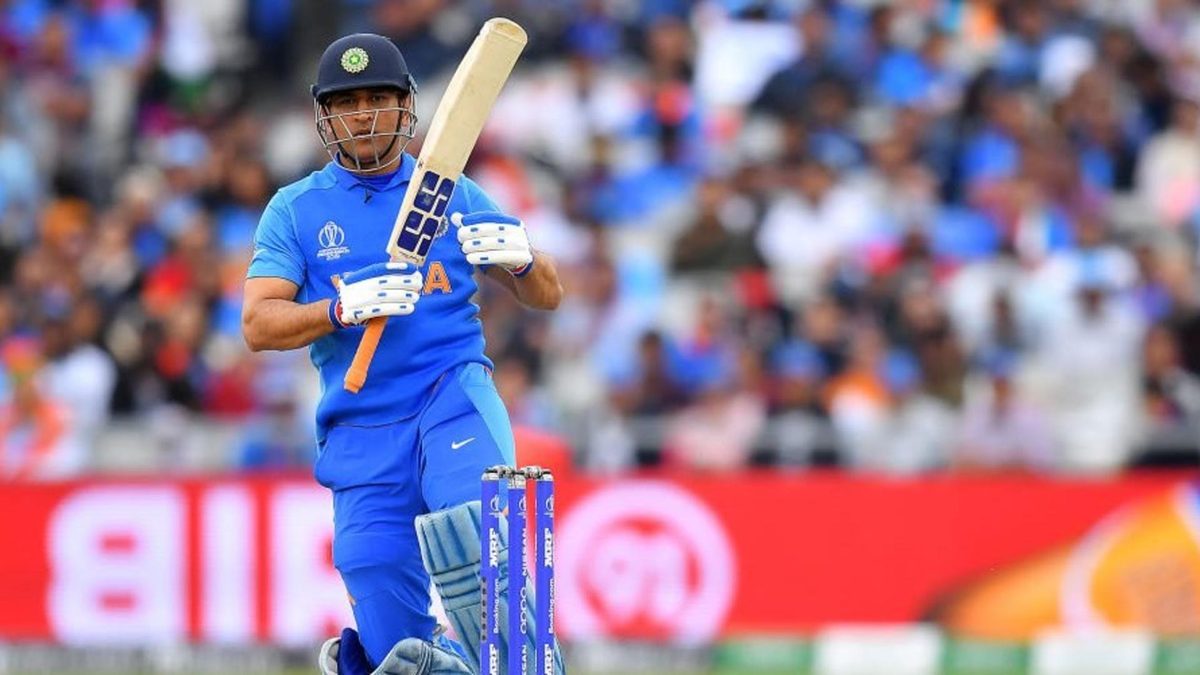
Back in 2005 at Vishakhapatnam, a young MS Dhoni, who hadn’t really set the world ablaze in his first four ODIs, walked out to bat at No.3: a move that initially raised plenty of eyebrows. By the time he was done, though, billions were salivating at the prospect of him batting at that position more often.
At the start of his career, MS Dhoni, a wicketkeeper-batter with a homegrown, unconventional technique, drew plenty of skeptical glances. He was a relatively unknown commodity when he first emerged on the international scene, didn’t hail from a traditional cricketing centre in the country, and had a technique that didn’t feature in many coaching manuals. On debut, he was run-out for a duck, and a string of unconvincing scores against Bangladesh and Pakistan followed, meaning that his place in the side was under heavy scrutiny.
But then, it all fell in place in his fifth game, post a sizzling knock under the unforgiving Vishakhapatnam sun. It was an innings few would have felt he was capable of producing. When he was brought into the team, he was largely viewed as someone who could increase the scoring rate towards the end of the essay and confuse bowlers by targeting unorthodox areas.
That innings, however, told India and the rest of the world that Dhoni could bat high up the order, even in a position as crucial as No.3. He jabbed, slashed, and bludgeoned his way to 148 off 123 balls – against a strong Pakistan bowling attack that featured Abdul Razzaq, Mohammad Sami, Naved-ul-Hasan, and Shahid Afridi. It was also an essay that captured the imagination of a cricket-crazy country.
A few months after that breakthrough knock against Pakistan, he smashed 183* against Sri Lanka at the same position – an essay that saw him break the record for the most sixes by an Indian in an ODI innings at the time. His belligerent brand of batting was also illustrative of how India wanted to approach their cricket in the late 2000s.
At a time when India was looking to experiment with their lineup, Dhoni made the most of his chances at No.3. In 16 ODI essays at three, he amassed 993 runs at an astonishing average of 82.75. For all batters to have scored a minimum of 500 runs at No.3, Dhoni’s average is comfortably the highest. The next best is Ambati Rayudu, who scored 687 runs at an average of 68.7.
Dhoni’s tally also includes two centuries and six fifties, highlighting that he crossed the fifty-run mark at least every second innings. His strike rate, which often became a talking point in the twilight of his career, stood at 99.69 – the second-highest for any batter to have scored a minimum of 500 runs at No.3 in ODIs – only behind AB de Villiers (124.52).
The question then is: despite such great numbers, why did Dhoni not bat at No.3 consistently enough? The answer would usually be straightforward. But as all things are with Dhoni, there are plenty of spins to this story. Through the late 2000s, India’s batting lineup was sufficiently stocked, even prompting someone like Gautam Gambhir, a regular opener, to be consistently featured at No.3. As the next decade began, Virat Kohli emerged as a formidable white-ball batter, growing only from strength to strength in the format. The dynamics of the game were also such that, at that point, conventional anchors still had a role to play at No.3 in the format. And India had plenty to play that role, with the real firepower needed further down the order.
Which brings us to the other and more pertinent reason, that Dhoni was just so good in his role down the order, ending as arguably the greatest finisher ODI cricket had ever seen. His ability to score runs in the final few overs remains well-documented, and his propensity to read what the opposition was trying to do, and evolve a mechanism to counter turned out to be his greatest strength. In pressure situations, that is what separated him from the rest of the pack and allowed him to pull countless victories out of the fire.
From Dhoni’s standpoint, the trade-off was pretty clear. He could have either batted in the top three and set games up so that a finishing kick wasn’t required frequently. Further into his career, he could have batted like Rohit Sharma, Shikhar Dhawan, and Kohli have in the top three. As he evolved as a batter, there was enough evidence to suggest that he had the strokes and the temperament to do so too. But could the troika have performed the role that Dhoni did for decades? The former Indian captain took on the tougher and less fashionable gig. To be fair to him, it worked out just fine as well.
That, however, meant that the world couldn’t witness his magic more often at No.3. Had Dhoni dazzled only a handful of times at that position, it could have been treated as a flash in the pan. But if he was averaging more than 80 across 16 innings and was striking at close to run-a-ball, there would’ve been a lot of things he was doing right.
For much of his ODI career, Dhoni did plenty of things right. He is, despite his dip in form towards the end of his career, one of the finest batters to have graced the format. Had he batted at No.3 more often, though, he could have probably been the ultimate ODI batter.
But then again, that is perhaps emblematic of Dhoni’s cricketing journey. He accomplished so much, despite not being touted for greatness. There could have been another gear to click into, and another compelling chapter to be scripted into cricketing folklore. And, as is the case with Dhoni, though, you were always left wanting more.








